When you invest in a NAS system, you expect it to keep your data safe and available around the clock. But like any hardware, NAS drives have a lifespan, and understanding their failure rates is essential for planning ahead.
Failure does not happen randomly. Factors such as drive age, workload, capacity, and even operating environment all play a role in how reliable your NAS remains over time. Knowing these risks helps you set realistic expectations and prepare for potential issues.
In this guide, we’ll explain NAS drive failure rates, highlight the main factors that affect reliability, and show you what to watch for so you can protect your data more effectively
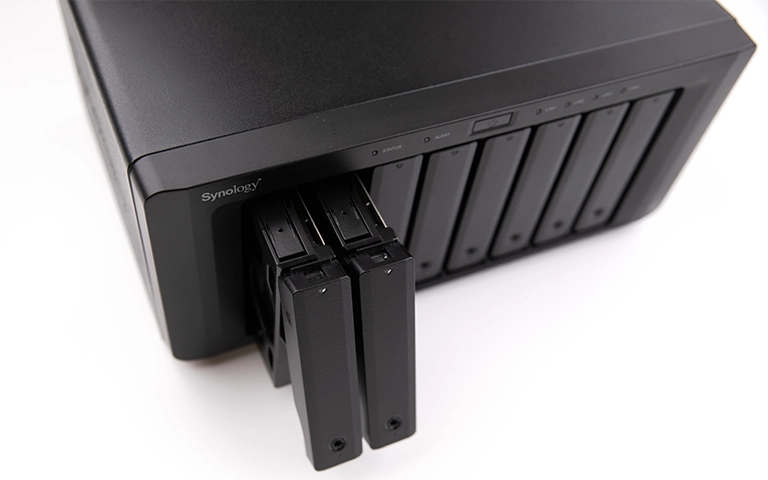
How Often Do NAS Drives Fail?
Every hard drive has a limited lifespan, and NAS drives are no exception. While failure rates vary, studies like Backblaze’s drive reports often show annualized failure rates between 1% and 3% for most modern drives. That means out of 100 drives running continuously for a year, one to three may fail.
It’s important to remember that failure rates are averages. Some drives can run for years without issues, while others may fail early due to defects, heavy use, or poor operating conditions. NAS systems usually run 24/7, which adds constant stress to the drives compared to desktop computers.
Understanding these numbers helps you plan ahead. A failure rate of 2% might seem small, but if your NAS holds multiple drives, the chance of at least one failure over time increases. This is why redundancy and regular monitoring are critical in any NAS setup.
Trust the experts with proven results
What Affects NAS Drive Reliability
Several factors influence how long your NAS drives will last. Some are within your control, while others are part of normal wear and tear:
Drive Age: Mechanical parts wear down over time. Older drives are more likely to fail, especially once they pass three to five years of heavy use.
Workload: NAS drives are designed for 24/7 operation, but constant read and write activity still increases stress. Heavy workloads shorten lifespan faster than light use.
Heat and Cooling: High temperatures accelerate drive wear. Poor airflow or clogged fans in your NAS can raise failure rates significantly.
Capacity: Larger drives store more data, but they also take longer to rebuild in RAID arrays. This longer rebuild time puts more strain on the remaining drives.
Environment: Vibration, humidity, and even power fluctuations can all contribute to earlier failure. Drives in uncontrolled environments often fail sooner.
By paying attention to these factors, you can better predict when issues might arise and take steps to reduce risks before they cause downtime.
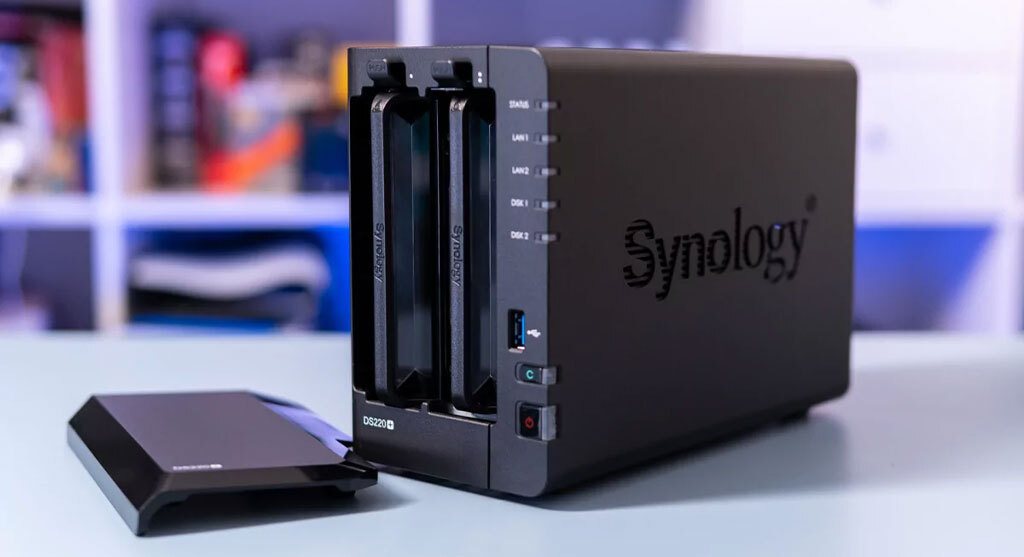
NAS Drives vs Regular Hard Drives
At first glance, NAS drives and standard desktop hard drives look the same. The difference lies in how they are built and tested.
Designed for Continuous Use: NAS drives are rated for 24/7 workloads. Desktop drives are built for lighter use and may wear out quickly in a NAS environment.
Vibration Resistance: NAS drives include sensors and firmware to handle vibration from multiple drives running side by side. Standard drives lack this protection, leading to higher error rates.
Firmware Optimization: NAS drives use specialized firmware tuned for RAID and multi-drive systems. This improves reliability during rebuilds and heavy workloads.
Warranty and Support: NAS drives often come with longer warranties, showing the manufacturer’s confidence in their durability. Desktop drives typically offer shorter coverage.
Using desktop drives in a NAS may save money at first, but they tend to fail faster under constant use, leading to higher long-term risks.
Failure Trends by Brand and Capacity
Not all NAS drives perform the same. Independent studies and field reports, such as those from Backblaze, reveal clear patterns in failure rates across different brands and capacities.
Brand Differences: Some manufacturers show consistently lower failure rates, while others see more early breakdowns. These trends often depend on specific models rather than the brand as a whole.
Drive Capacity: Larger-capacity drives, like 12TB and above, sometimes display higher failure rates in their early years. They also take longer to rebuild in RAID, which can increase stress on the rest of the system.
Generational Updates: Newer models often fix weaknesses found in previous generations, but they may also introduce unknown risks until they’ve been in use for several years.
For most NAS owners, the takeaway is simple: choosing reliable models and balancing capacity with redundancy lowers your overall risk of unexpected drive loss.
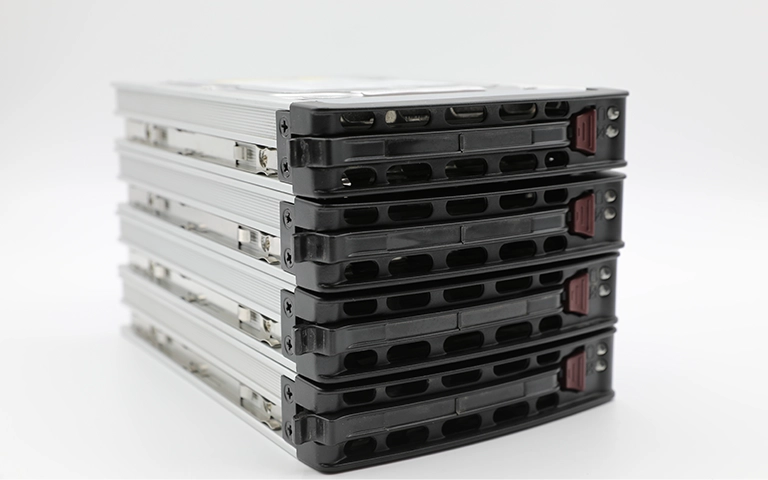
When NAS Drives Fail: Risks and Warning Signs
A single drive failure can disrupt your NAS, but the real danger comes when problems are ignored. If one drive fails and another shows early signs of trouble, your RAID array may collapse, putting all stored data at risk.
Risks of NAS Drive Failure:
Downtime for business operations or personal use
Data corruption during RAID rebuilds
Higher stress on remaining drives, leading to multiple failures
Permanent data loss if replacement or recovery is delayed
Warning Signs to Watch For:
Frequent SMART alerts or bad sector warnings
Unusual clicking, grinding, or buzzing noises
Slow file transfers or frequent disconnections
RAID rebuild errors or failed consistency checks
Catching these signs early can make the difference between a smooth replacement and a full-scale data loss emergency.
Fast turnaround times for business-critical data
Ways to Lower the Risk of Drive Failure
While you cannot prevent drive failure completely, you can take steps to reduce the likelihood and limit the impact when it happens.
Keep Drives Cool: Ensure your NAS has proper airflow and clean fans. Lower temperatures help extend drive lifespan.
Replace Aging Drives Proactively: Don’t wait until a drive fails. Swap out drives that are nearing the end of their warranty or showing early warning signs.
Use NAS-Rated Drives Only: Stick with drives designed for 24/7 workloads. They handle vibration and RAID rebuilds better than desktop models.
Monitor Health Data: Regularly check SMART reports and set up alerts. Early detection helps prevent sudden surprises.
Maintain Tested Backups: Even with RAID, backups are essential. Test them often to ensure they can be restored when needed.
These practices won’t eliminate failures, but they significantly reduce your risk and keep your NAS running more reliably over time.
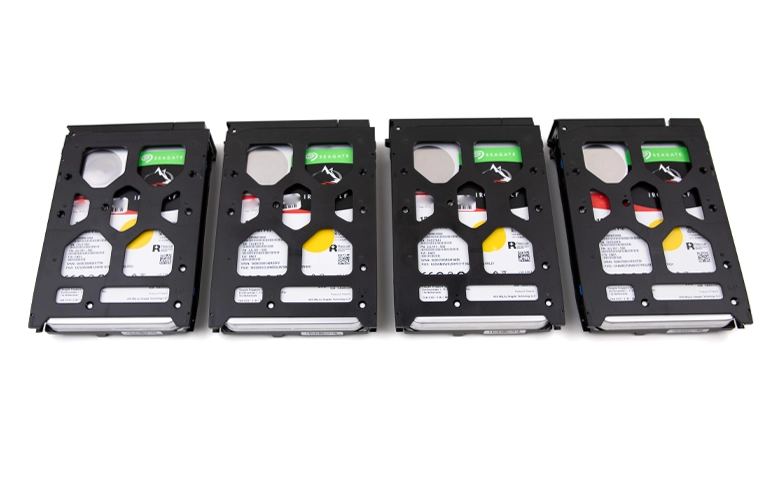
When to Call in Professional Help
Even with the best practices, NAS drives can still fail. When multiple drives stop working, or when a RAID rebuild does not complete successfully, the situation often goes beyond what you can fix on your own. Attempting DIY recovery at this stage can make the damage worse and reduce the chance of saving your data.
This is when professional help becomes essential. At RAID Recovery Services, we specialize in handling complex NAS failures, including multi-drive loss, RAID corruption, and cases where standard rebuilds fail. Our engineers use specialized equipment to safely restore data without adding further risk.
If you notice multiple drive errors, repeated rebuild failures, or complete NAS inaccessibility, the safest step is to power down your system and contact RAID Recovery Services for guidance.
Conclusion
NAS drives are built for reliability, but no drive lasts forever. Failure rates vary by age, capacity, workload, and brand, and ignoring warning signs can quickly turn a small issue into a serious outage.
By understanding the factors that affect reliability and taking preventive steps, you can reduce risks and keep your system running smoothly. Still, if failures strike and your data becomes inaccessible, it’s critical to act carefully.
At RAID Recovery Services, we help businesses and individuals recover from NAS failures of all types. Our expertise ensures that even complex cases are handled safely, giving you the best chance to get your data back.
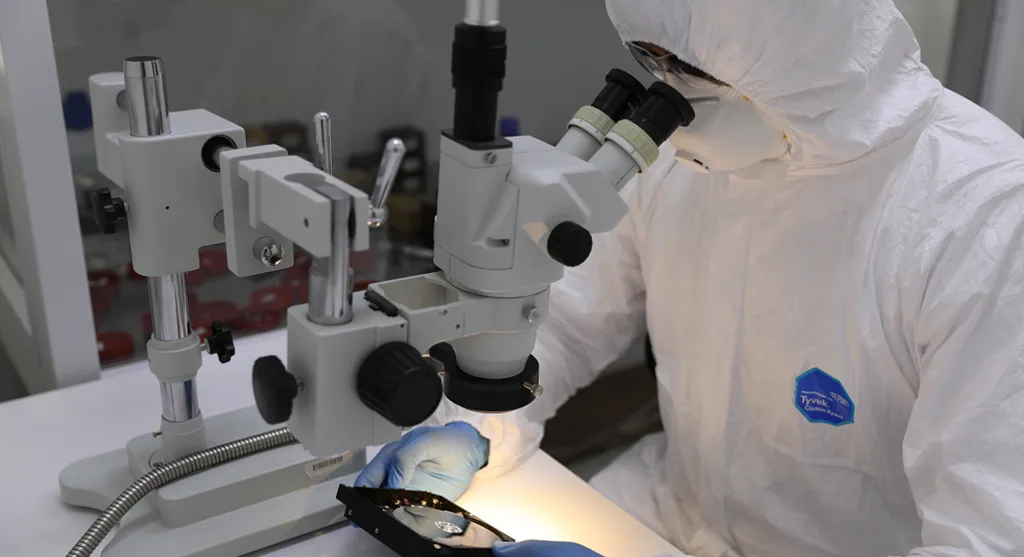
Frequently Asked Questions
How long do NAS drives usually last?
Most NAS drives last between three and five years under continuous use. Some can run longer, but once drives near the end of their warranty period, the risk of failure rises.
Is RAID a backup solution?
Watch for SMART alerts, slow file transfers, frequent disconnections, or strange noises such as clicking or grinding. These issues often mean a drive is close to failing.
What are the early signs of NAS drive failure?
Yes. Larger-capacity drives can take longer to rebuild in a RAID, which increases stress on the system. They sometimes show higher early failure rates compared to mid-sized models.
Can I use desktop hard drives in a NAS?
You can, but it’s not recommended. Desktop drives are not designed for 24/7 workloads or multi-drive vibration. They tend to wear out faster and can increase the chance of RAID failure.
When should I contact a professional for NAS recovery?
If more than one drive fails, if a RAID rebuild fails, or if your NAS becomes inaccessible, it’s time to call a professional. RAID Recovery Services can safely handle these cases without putting your data at further risk.